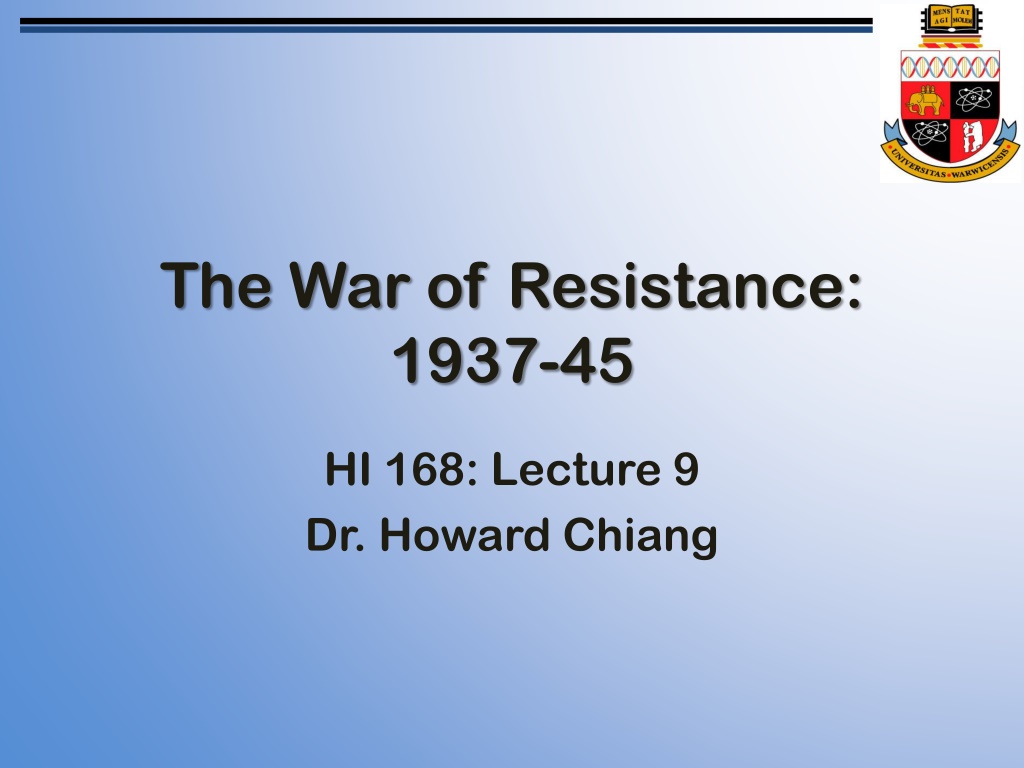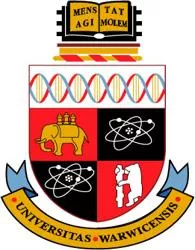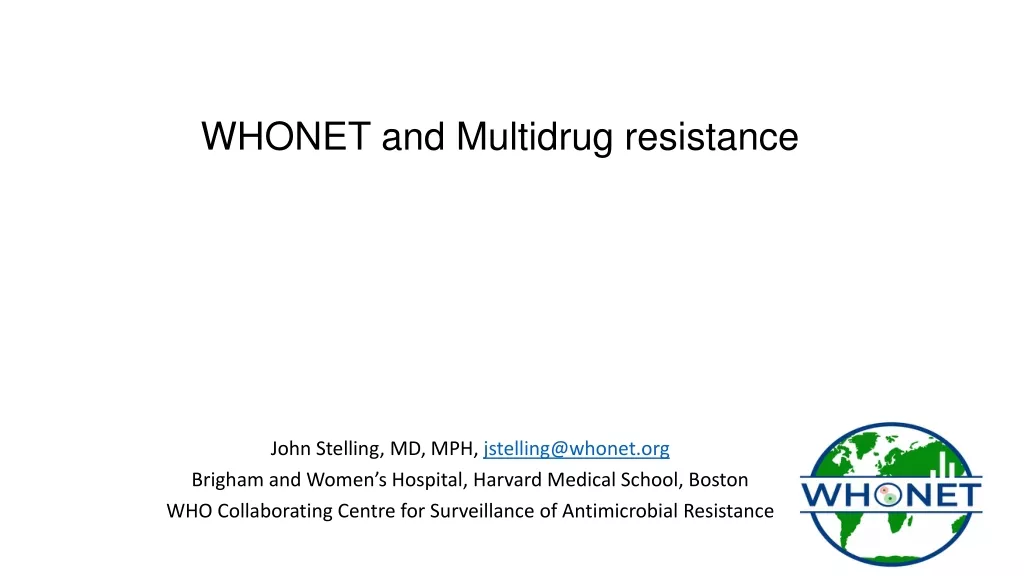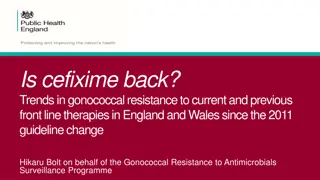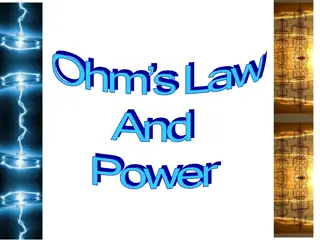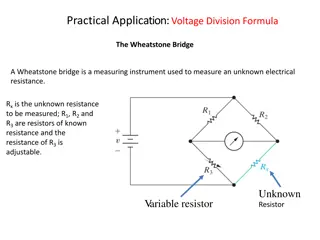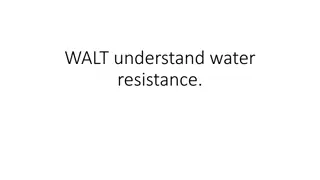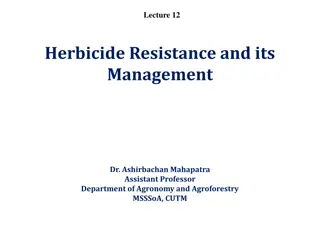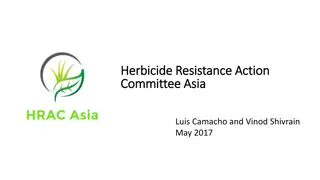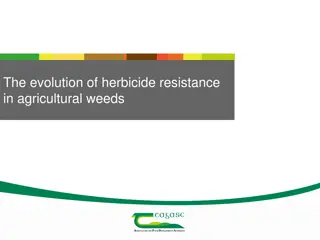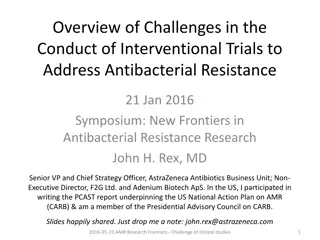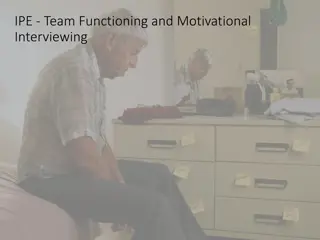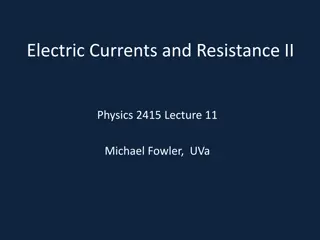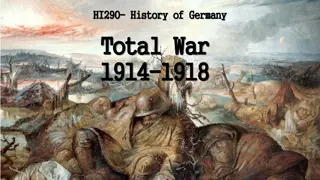The War of Resistance 1937-45: Lecture Recap on Key Events
Dr. Howard Chiang's lecture discusses pivotal events during the War of Resistance in China, such as the Marco Polo Bridge Incident, Nanjing Massacre, formation of the Second United Front, and the role of Chinese Communism. The lecture explores the brutality of the Nanjing Massacre and the collaborative efforts against Japanese forces. Key figures like Mao Zedong are also highlighted, shedding light on critical moments in Chinese history.
Download Presentation

Please find below an Image/Link to download the presentation.
The content on the website is provided AS IS for your information and personal use only. It may not be sold, licensed, or shared on other websites without obtaining consent from the author.If you encounter any issues during the download, it is possible that the publisher has removed the file from their server.
You are allowed to download the files provided on this website for personal or commercial use, subject to the condition that they are used lawfully. All files are the property of their respective owners.
The content on the website is provided AS IS for your information and personal use only. It may not be sold, licensed, or shared on other websites without obtaining consent from the author.
E N D
Presentation Transcript
The War of Resistance: 1937-45 HI 168: Lecture 9 Dr. Howard Chiang
OVERVIEW - Rehash - The Marco Polo Bridge Incident - Nanjing Massacre - The Second United Front - Japanese Marches Southwards - Collaboration - Chinese Communism without Mao (New 4thArmy) - Mao Zedong and the Yan an Years
REHASH 1. government 2. Halt to all civil war 3. Release of patriotic leaders 4. Release of all political prisoners 5. Lifting of restrictions on the mass patriotic movement 6. Guarantee of political freedom 7. GMD should follow Sun s testament 8. National Salvation Convention Reorganization of the Nanjing
MARCO POLO BRIDGE - July 7 at the Lugouqiao or Marco Polo Bridge - the Japanese forces demanded a house-to-house search in Wanping - On July 29, Japanese forces occupied Beijing Tianjin on July 30 Wusong on September 1 Nanjing in December Shanghai in November - On November 20, National Government relocated to Chongqing
NANJING MASSACRE - Charles Maier (2000): The Nanjing rampage seems all the more atrocious in that it involved not what has seemed so horrifying about the Holocaust its bureaucratized planning and mechanical execution but the often gleeful killing of perhaps hundreds of thousands of civilians by individual soldiers using sword and bayonet as well as bullet. The killings were all the more appalling in that they were unnecessary for the military objective, continued after the victory was secured, and apparently involved such joyful or at least indifferent murder.
NANJING MASSACRE - 2 aspects stand out: 1. scale of brutality unparalleled 2. testimonies of Chinese victims were supported by eye-witness reports of foreign residents - Nanjing memorial site: Victims 300,000 - Japanese historians, esp. right-wing nationalist historians, and Japanese history textbooks continue to deny the very fact of the massacres
THE SECOND UNITED FRONT - Zhu De and Peng Dehuai were sent by Mao Zedong to Nanjing to negotiate with the National Government - Aug. 22, the CCP s Red Army was re- designated the Eight Route Army the Eight Route Army - Sep. 6, the CCP s Shaanxi-Gansu- Ningxia Soviet base Border Region - Oct. 12, Red Army south of Yangzi after the Long March became New 4 Border Region New 4th thArmy Army
JAPANESE MARCHES SOUTHWARDS - Dec 1937-May 1938, Shandong + Henan - Oct 25, 1938, Wuhan - Oct 21, 1938, Guangzhou - Feb, 1939, Island of Hainan - Apr 1939 to Jan 1942, 3 Battles of Changsha - Three All : kill all, burn all, destroy all - Dec 1941, Hong Kong; Jan 1942, Malay Peninsula; Feb 1942, Singapore; Apr 1942, the Philippines
WWII Participating Countries: Allies (Green) and Axis (Blue)
COLLABORATION - Collaboration: actions that had the effect of maintaining Japanese power, attaining Japanese ends, or making Japanese control tolerable - provisional government Beiping - Reformed government Nanjing - Wang Jingwei believed in peaceful accommodation with Japan s new order of East Asia ; expelled from GMD on Jan. 1, 1939; hanjian ( ) traitor
CHINESE COMMUNISM WITHOUT MAO (NEW 4THARMY) - One important group of the CCP did not participate in the Long March became the New Fourth Army (more modern and cosmopolitan than Mao s group?) - In 1940 and 1941 (in Southern Anhui), New 4thattacked by GMD troops severed the Second United Front - Jan 20, 1941, New 4thestablished new headquarters in Jiangsu Jiangsu, independent from the GMD
LONG MARCH OF 25,000 LI - 1 Li = 500 meters - 1. Guizhou - 2. Sichuan - 3. Shaanxi - 4. rest rejoined - Significance: - away from Japan - Party meetings (Edgar Snow)
He Zizhen (1928) Mao Zedong (1927)
MAO AND THE YANAN PERIOD - Mao s two rivals: Zhang Guotao and Wang Ming - Autumn 1938: the Central Secretariat - 1942-44: the Rectification Movement the CCP focused on defining their ideological standpoint, reorganizing the party into a tight Leninist structure, and rewriting the history of the 1930s to show that the leadership of Mao Zedong and his colleagues had been correct throughout all the political crises and controversies and was the only legitimate authority in the Party
MAO AND THE YANAN PERIOD - 1942-44: the Rectification Movement - Feb 1942, Rectify the Party s Style of Work - Aim: the eradication of dogmatism in the CCP - a thinly disguised attack on Wang Ming - 3 Phases: Phase 1 study and discussion, Phase 2 investigation of Party work, Phase 3 final report - Style of management: consolidation and control - to restrict the free-thinking and broad-minded approach that many of migr s had arrived with - to persuade them putting their talents at the disposal of the Chinese Communist Party without question
MAO AND THE YANAN PERIOD - At the end of the war: - 19 Communist base areas spread across Northern China in the provinces of Shaanxi, Shanxi, Shandong, Hebei, Rehe, and Liaoning, with Communist units in Anhui and Jiangsu - Communist regimes stretched over a roughly 250,000-square-mile area - Mao claimed that there were 1.2 million CCP members - Communist military forces had increased almost tenfold from the opening of the war: from 92,000 in the 8th Route and New 4th armies in 1937 to 910,000 in 1945
